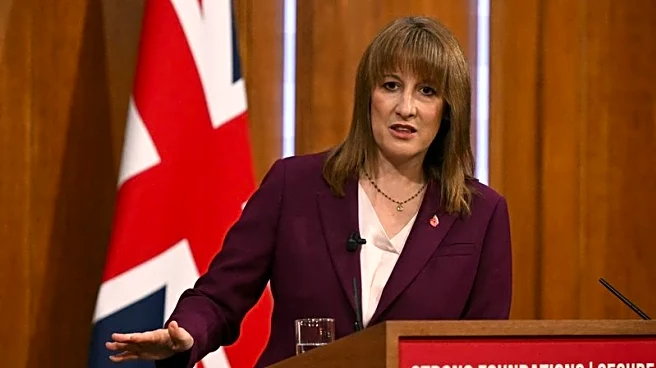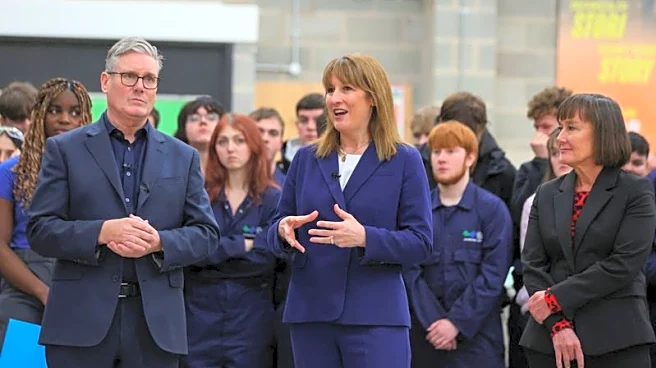What's Happening?
Rachel Reeves, the Chancellor, is planning to introduce a cap on the tax benefits available through the Cycle to Work scheme. This move is part of the upcoming Budget and aims to address Treasury concerns
about subsidizing expensive bicycles, including e-bikes. Currently, higher-rate taxpayers can save up to 42% on bike costs through salary sacrifice schemes, while basic-rate taxpayers save around 30%. The proposed cap is intended to ensure the scheme benefits ordinary commuters rather than high earners purchasing luxury bikes. Critics argue that the cap could undermine environmental and social governance commitments, as fewer people might use the scheme, impacting efforts to reduce carbon emissions.
Why It's Important?
The Cycle to Work scheme has been a popular employee benefit, enabling over two million people to access cycle commuting since its launch. The proposed cap could impact its accessibility, particularly for those needing e-bikes or adapted cycles. This change could affect companies' ability to offer comprehensive reward packages and undermine efforts to promote sustainable commuting. The scheme's reduction could lead to fewer people cycling, increasing traffic and carbon emissions. Employers may need to rethink their benefits mix, considering alternatives like car-sharing incentives or flexible working patterns to maintain employee satisfaction and environmental goals.
What's Next?
If the cap is implemented, it will be crucial to ensure it does not hinder recent efforts to increase cycling uptake. Employers might need to explore new ways to promote cycling, such as partnerships with cycle retailers or improving workplace facilities like bike parking and showers. The government will need to balance fiscal responsibility with the scheme's environmental and social benefits. The impact of the cap will be closely monitored, with potential adjustments based on its effect on cycling participation and commuter behavior.
Beyond the Headlines
The proposed cap on the Cycle to Work scheme raises broader questions about the role of government in promoting sustainable commuting. It highlights the tension between fiscal policy and environmental goals, emphasizing the need for innovative solutions to support green travel. The cap could lead to long-term shifts in how employee benefits are structured, encouraging companies to prioritize low-cost, high-impact options. This development underscores the importance of aligning financial incentives with broader societal objectives, ensuring accessibility and inclusivity in sustainable commuting initiatives.












